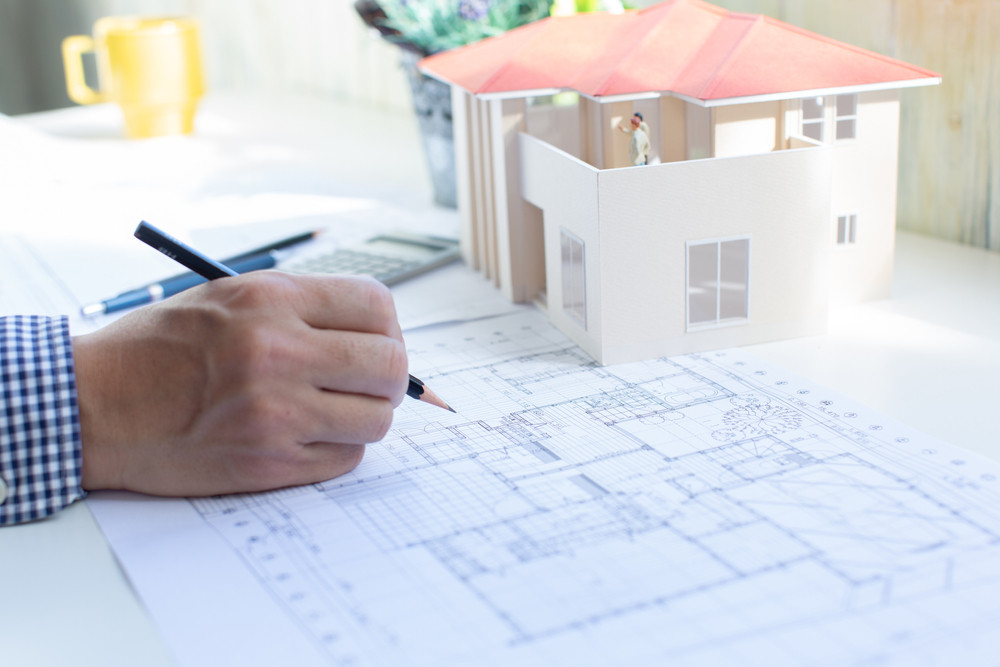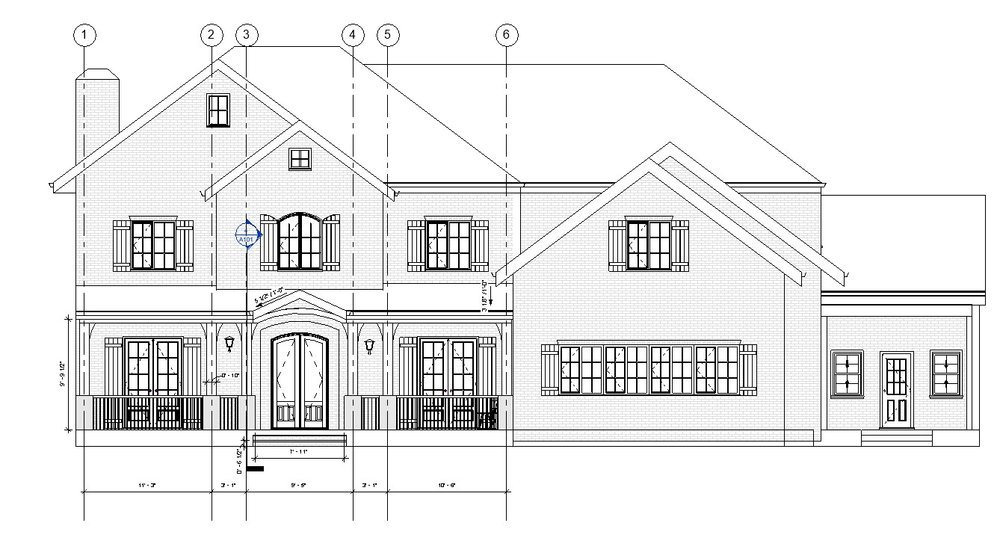Exactly How CDA Architects Integrate Imagination and Functionality in Modern Style
Exactly How CDA Architects Integrate Imagination and Functionality in Modern Style
Blog Article
The Necessary Role of a Designer fit Lasting Urban Settings for Future Generations
The duty of an architect in crafting sustainable city environments is increasingly pivotal in reacting to the difficulties of climate change and urbanization. By flawlessly integrating eco-friendly principles into their layouts, designers not only improve the visual and functional high quality of city spaces yet also address pushing problems such as energy performance and social equity.

Understanding Lasting Urban Design
Lasting metropolitan design incorporates environmental principles with city preparation to create atmospheres that are not only livable but also resistant. This strategy highlights the importance of integrating natural systems right into the city material, guaranteeing that development satisfies the requirements of today without jeopardizing the capability of future generations to satisfy their own needs. Key elements of sustainable metropolitan style consist of reliable land usage, the promotion of biodiversity, and the assimilation of eco-friendly areas, every one of which add to boosted top quality of life for citizens.
Additionally, lasting urban design focuses on the decrease of the metropolitan warm island effect, enhanced air high quality, and efficient stormwater monitoring. It encourages using sustainable resources and energy-efficient building practices, which substantially reduced carbon footprints. Additionally, lasting urban design promotes social equity by creating obtainable public rooms and advertising mixed-use developments that cater to diverse populaces.
With thoughtful planning and cutting-edge layout approaches, sustainable city settings can improve community durability versus environment modification while promoting economic advancement. This all natural technique not only addresses immediate urban obstacles however also prepares for healthier, more lasting cities for generations to find.
Key Obligations of Engineers
Engineers play a pivotal function fit lasting metropolitan settings by converting style principles into tangible frameworks and rooms. Their responsibilities encompass a large range of activities that contribute to the overall success of metropolitan layout projects.
First and foremost, designers conduct complete site analyses to recognize the ecological, social, and cultural context of their jobs. This foundational understanding educates their design decisions, ensuring that structures harmonize with their environments. cda architects. They additionally participate in joint processes with stakeholders, including city organizers, engineers, and the neighborhood, fostering an inclusive strategy to metropolitan growth
Additionally, engineers are charged with producing styles that maximize energy effectiveness, source conservation, and performance. They must stick to regional zoning legislations, constructing codes, and sustainability qualifications, making sure conformity while pressing the limits of technology.
Furthermore, designers are responsible for taking care of the design procedure, coordinating with different experts throughout the building phase to ensure that the vision is recognized precisely. Ultimately, their function is not exclusively regarding aesthetic appeals; it has to do with creating durable, adaptive spaces that enhance the high quality of life for existing and future generations, laying the groundwork for lasting urban living.
Ingenious Materials and Techniques
In the pursuit of eco responsible design, cutting-edge materials and methods have arised as critical elements more tips here in the creation of sustainable metropolitan settings. Engineers are increasingly making use of materials that lessen environmental effect while boosting energy effectiveness. For instance, recycled products, such as recovered wood and repurposed metals, not only decrease waste however likewise add one-of-a-kind visual high qualities visit the site to frameworks.
Additionally, improvements in modern technology have actually brought about the development of high-performance materials, such as protected concrete kinds (ICFs) and photovoltaic or pv glass, which add to power conservation and harness eco-friendly power. cda architects. Strategies such as easy solar layout and green roofs better exhibit just how style can harmonize with all-natural systems, decreasing reliance on fabricated heating and cooling
Moreover, the assimilation of smart materials, which adapt to environmental modifications, supplies promising opportunities for improving structure performance. These materials can react to temperature level fluctuations or wetness levels, enhancing convenience and sustainability.
Eventually, the strategic selection and application of cutting-edge products and strategies equip engineers to develop urban rooms that are not only useful and cosmetically pleasing however also resistant and environmentally liable, guaranteeing a lasting future for generations to come.

Area Engagement and Partnership
The success of ingenious materials and techniques in sustainable metropolitan architecture is dramatically boosted by energetic area engagement and collaboration. Architects need to acknowledge that the developed environment exceptionally influences the lives of regional citizens, making it necessary to include them in the style procedure. Engaging the community promotes a sense of possession and accountability, making certain that advancements not just fulfill aesthetic and functional demands yet additionally mirror the worths and desires of those that inhabit them.
Cooperation with diverse stakeholders-- consisting of local federal governments, ecological teams, and residents-- makes it possible for engineers to collect important understandings and you could try these out comments. This inclusive strategy can result in more sustainable solutions that deal with certain area challenges, such as ease of access, environment-friendly spaces, and energy performance. By facilitating workshops and public forums, designers can cultivate discussion and understanding, which ultimately improves the layout process.
Effective area interaction likewise aids in focusing on social equity within metropolitan development. By considering the voices of marginalized populaces, designers can develop areas that are comprehensive and fair. In this way, neighborhood involvement and partnership come to be indispensable to accomplishing really lasting urban atmospheres that offer the requirements of existing and future generations.
Future Trends in Lasting Design

In addition, innovations in technology are shaping future trends in lasting architecture. The integration of clever products and structure systems enables real-time power monitoring, improving performance and minimizing carbon footprints. Advancements such as environment-friendly roofs, living walls, and energy-generating exteriors are coming to be typical practices, better advertising environmental balance within metropolitan settings.
Moreover, a shift in the direction of biophilic layout is getting traction, emphasizing the link in between nature and human well-being. By integrating natural aspects, designers create areas that promote psychological health while promoting biodiversity.
Final Thought
To conclude, designers are crucial in progressing lasting urban settings with their experience in style, ingenious materials, and community involvement. By focusing on power efficiency and resource preservation, these experts add to the development of resistant city areas that satisfy the needs of existing and future generations. The combination of environmental principles not only improves livability yet also fosters social equity, guaranteeing developments resonate with the values and aspirations of the neighborhoods they offer.
Report this page